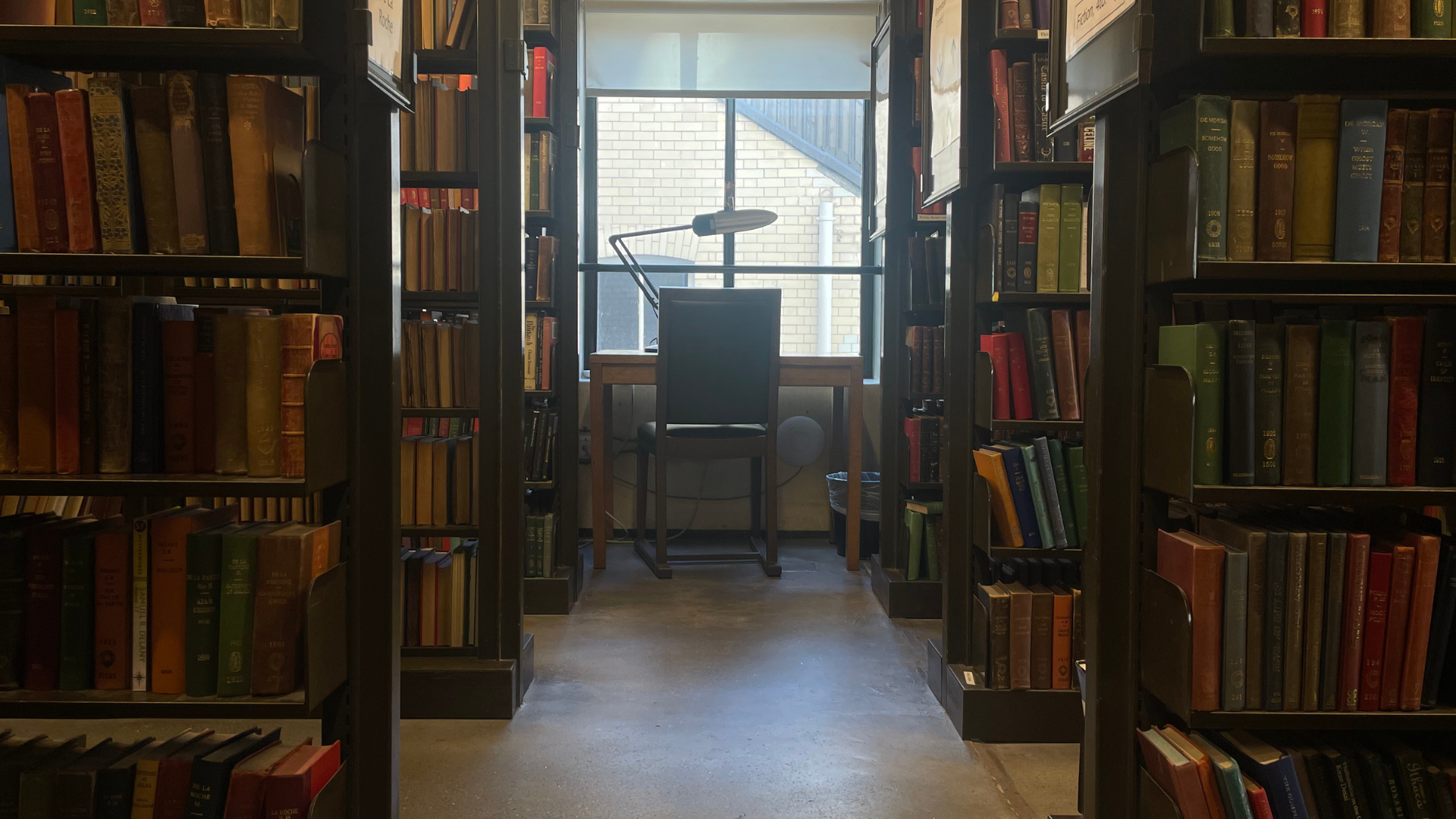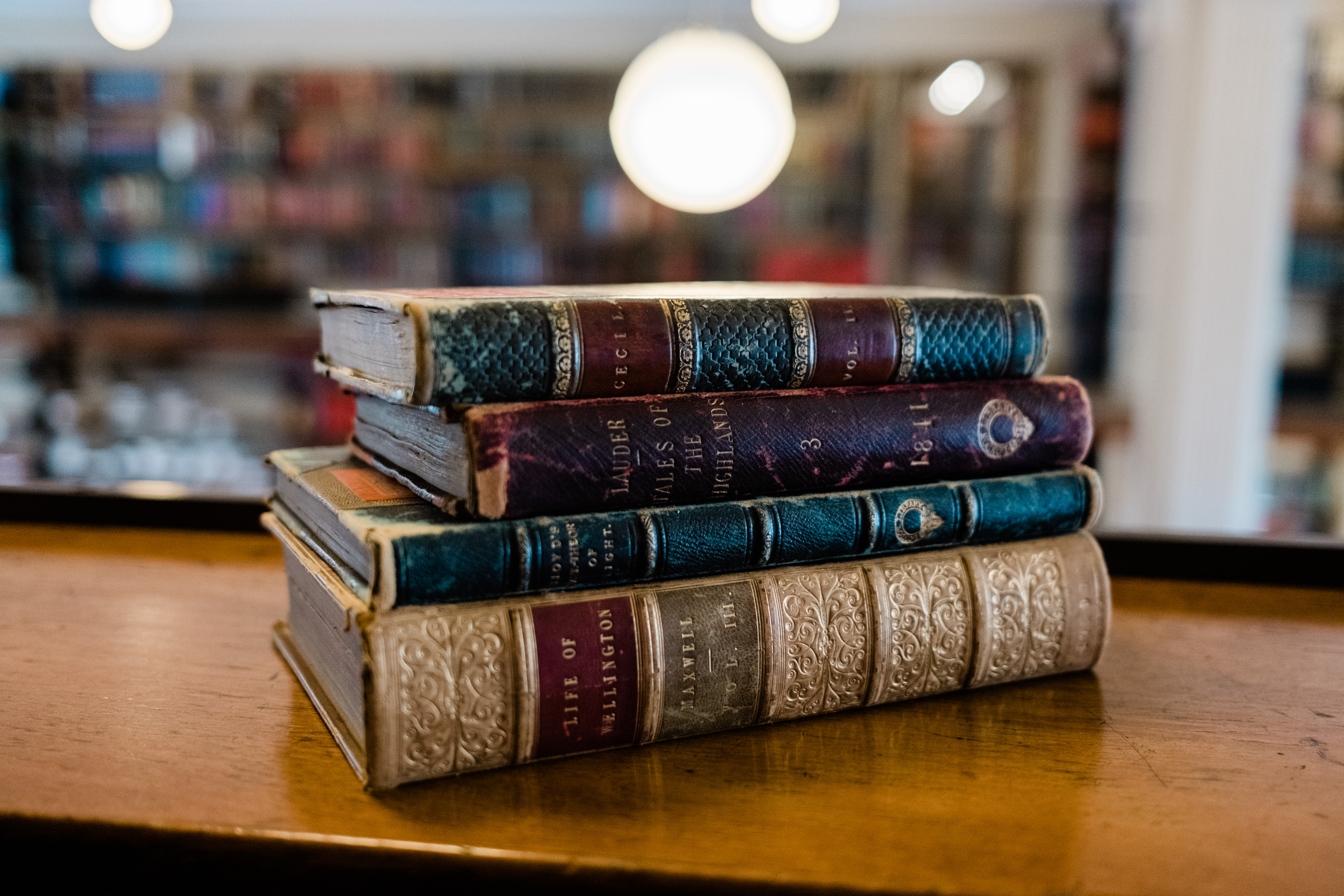As the UK-Russian Year of Culture 2014 is over, our Russian Specialist Claudia Ricci provides a brief round-up of recent acquisitions that have been added to our Russian shelves.
Last year’s acquisitions started with some publications linked to anniversaries that had taken place during the previous year.
One such event was the discovery of Severnaya Zemlya (Northern Land) in the Arctic Sea in 1913, which is narrated by the explorer and head of the North Arctic Ocean Hydrographic Expedition (1910-1915), Nikolay Evgenov (1888-1964). The author was a victim of Stalin’s purges between 1938 and 1943 and his work was completed and edited by a younger colleague, V.N. Kupetsky, who only managed to publish some chapters in a Soviet scientific journal in the 1980s. Now it has been published unabridged for the first time in book form:
- Poli͡arnai͡a ėkspedit͡sii͡a na ledokolakh “Taĭmyr” i “Vaĭgach” v 1910-1915 godakh (Geograf, 2013) [The Polar expeditions on board the ice-breakers Taimyr and Vaigach in 1910-1915] Shelved in: T. Arctic & Antarctic, under Evgenov.
Another important event that took place in 2013 was the discovery of a manuscript from 1921, the almanack “Serapionovy brat’ia”, a collaborative work by the members of a literary group, who met at the Petrograd House of Arts and had taken their name from E.T.A. Hoffman’s German movement. The anthology was due to be published in 1921, but was lost during the Civil War, then only found in Finland in recent years and published for the first time in 2013. It includes contributions by Maxim Gorky, Lev Lunts, Mikhail Zoshchenko and Viktor Shklovsky :
- Serapionovy bratʹi͡a 1921 : alʹmanakh (Limbus Press, 2013) [The Serapion Brothers, 1921: almanack] Shelved in L. Russian Lit. under its title.
One major event in 2013 was the 400th anniversary of the ascent to the throne of the Romanov dynasty. In 1613 Mikhail Romanov was offered the Russian crown following years of unrest and fighting known as the Time of Troubles, and the House of Romanov ruled over the country until the abdication of Nicholas II in February 1917. Various publications appeared on this occasion including two exhibition catalogues:
- Romanovy – portret dinastii : t͡sarskiĭ i velikokni͡azheskiĭ portret v sobranii Istoricheskogo muzei͡a / [The Romanovs – portrait of a dynasty : portraits of tsars and Grand Dukes from the collections of the State Historical Museum]. Shelved in A. Portraits, 4to. under Gosudarstvennyi istoricheskii muzei
- Romanovy – nachalo dinastii : k 400-letii͡u izbranii͡a na t͡sarstvo Mikhaila Fedorovicha Romanova = [The Romanovs - the beginning of the dynasty : on the occasion of the 400th anniversary of the ascent to the throne of Mikhail Fedorovich Romanov] Shelved in H. Russia, 4to. under title.
A topic that has attracted renewed attention in recent times, inspiring works both in English and Italian, is the controversial award of the Nobel Prize to the novelist Boris Pasternak in 1958, now reinterpreted in the light of new archival discoveries:
- Fleishman, Lazar. Boris Pasternak i Nobelevskai͡a premii͡a (Azbukovnik, 2013) [Boris Pasternak and the Nobel prize]
- Mancosu, Paolo. Inside the Zhivago storm : the editorial adventures of Pasternak’s masterpiece (Feltrinelli, 2013 – the original publisher of the 1st Russian edition of Doctor Zhivago).
- Finn, Peter and Couvée, Petra. The Zhivago affair : the Kremlin, the CIA, and the battle over a forbidden book (Harvill Secker, 2014)
- B.L. Pasternak : pro et contra : B.L. Pasternak v sovetskoĭ, ėmigrantskoĭ, rossiĭskoĭ literaturnoĭ kritike : antologii͡a / sostavlenie, kommentarii: El.V. Pasternak et al. (RKhGA, 2012-13) [B.L. Pasternak- pros and cons : Pasternak in Soviet, émigré and Russian literary criticism : an anthology]
All the above are to be found in L. Russian Lit., Pasternak.
However, the event that has had the greatest impact on Russian publishing in 2014 is, without any doubt, the anniversary of the First World War. In Russia WWI has never been perceived on the same level of importance as the other two great Patriotic wars (the Napoleonic invasion of 1812 and WWII respectively), and one gets the impression that it was often neglected as a topic of research in Soviet times. Several publications have been acquired for our History, Reading Room and Art collections with the aim to fill existing gaps and enrich our WWI section with a Russian perspective. Among them:
- Rossii͡a v Pervoĭ mirovoĭ voĭne, 1914-1918 : ėnt͡siklopedii͡a v trekh tomakh / red. A.K. Sorokin et al. (Rosspen, 2014) [Russia during WWI, 1914-1918: encyclopaedia] in R.R. Dicts., History
- Pervai͡a mirovai͡a voĭna, 1914-1918. Catalogue of an art exhibition held in Saint Petersburg in 2014. (Palace editions, 2014) [First World War, 1914-1918] shelved in A. Art, 4to.
- Rossiĭskai͡a monarkhicheskai͡a gosudarstvennostʹ na poslednem ėtape svoeĭ istorii, 1894-1917 : sbornik dokumentov (IRI RAN, 2014) [ The Russian monarchical state in the last stage of its history : collection of documents] shelved in H. Russia.
- Aǐrapetov, O. Uchastie Rossiĭskoi imperii v Pervoĭ mirovoĭ voĭne (Kuchkogo pole, 2014) [The participation of the Russian empire in the First World War] shelved in H. European War I.Stepanov, Evgeniĭ. Poėt na voĭne : Nikolaĭ Gumilev, 1914-1918 (Progress-Pleiada, 2014) [A poet at war : Nikolay Gumilev, 1914-1918] A detailed chronicle of Gumilev’s life as a soldier in 1914-1918, including his missions to London and Paris. N. Gumilev is better known for his acmeist poetry, his relationship with Anna Akhmatova and his execution by the Cheka in 1921. Shelved in Biog. Gumilev.Li͡etopisʹ Velikoĭ voĭny in 6 v. [Chronicle of the Great War] Complete reprint of the homonymous Russian periodical (1914-1917), which aimed for a comprehensive coverage of articles from the national press and official documents about the Great War published at the time. Shelved in H. European War I, 4to.
Finally, a couple of items that honour the memory of other victims of Russian and Soviet events:
- Kniga russkoĭ skorbi : pami͡atnik russkim patriotam, pogibshim v borʹbe s vnutrennim vragom / sost. V.M. Erchak (Institut russkoi tsivilizatsii, 2013) [Book of Russian sorrow : memory to Russian patriots, who died in the fight against internal enemies]. Shelved in Biographical Colls., this is a very comprehensive list of names of victims of domestic terror and terrorism in tsarist Russia up until 1914, previously published in 14 vols. between 1908 and 1914, but banned after 1917.
- Chistiakov, Ivan. Sibirskoĭ dalʹneĭ storonoĭ : dnevnik okhrannika BAMa : 1935-1936 (AST, Corpus, 2014) [ From the Siberian far side : dairy of a prison guard at the Baikal-Amur Lager, 1935-1936] Shelved in Biog. Chistiakov, it is a unique historical testimony, being the diary of a GULAG guard, who was sent to the prison camp where the BAM railway line was being built in the 1930s.
The Library also aims to acquire works about current events affecting Russia and other states of the former Soviet Union, although possibly more in English than in Russian. On our shelves you will find recent publications about the “Pussy riot” phenomenon, the Khodorkovsky case, the Ukrainian crisis and annexation of Crimea, and biographies of politicians, intellectuals and other distinguished contemporary Russians. Look out for them in our New Books shelves and don’t hesitate to ask at the Enquiry desk or contact the Russian Specialist (claudia.ricci@londonlibrary.co.uk).





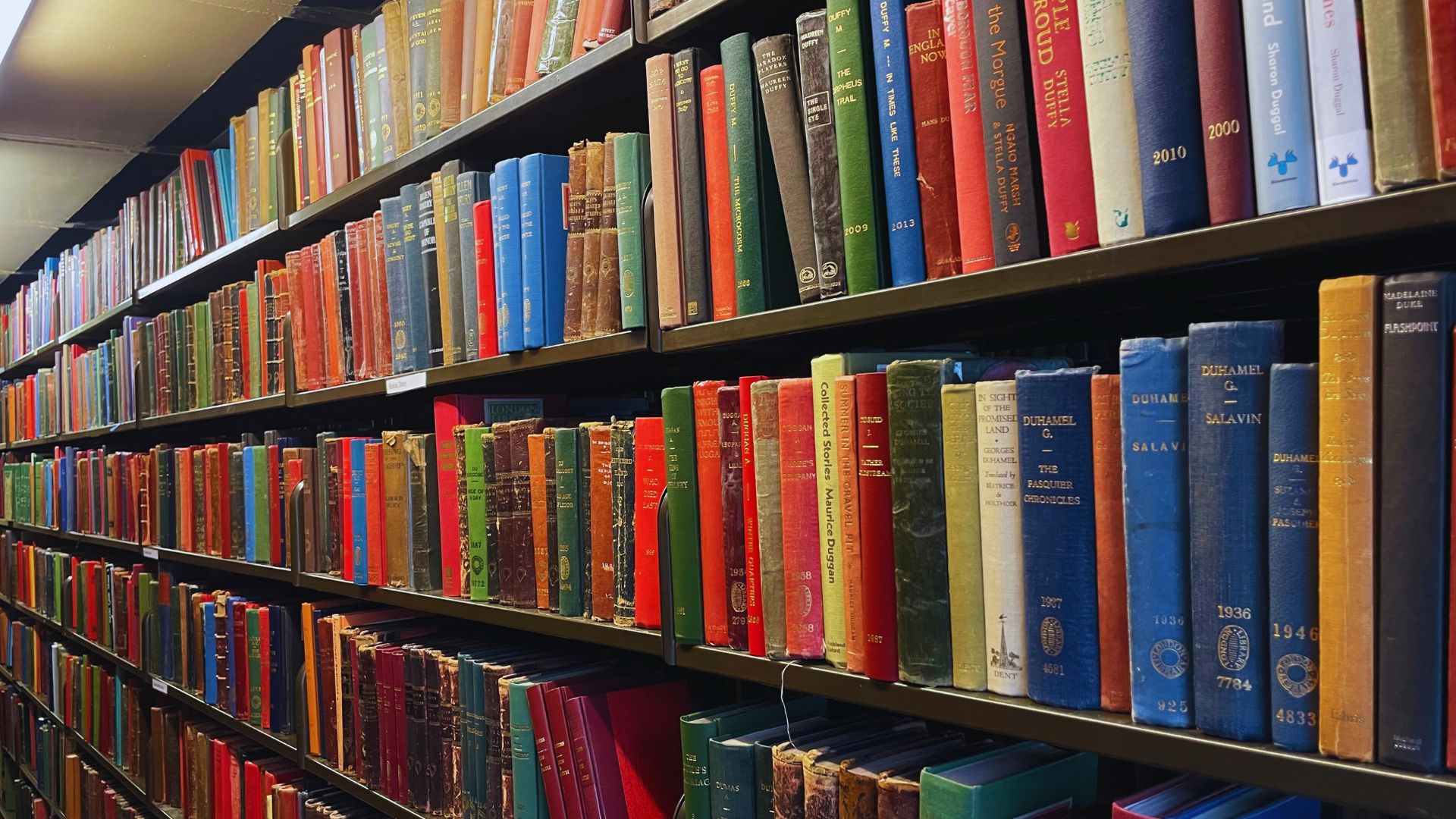
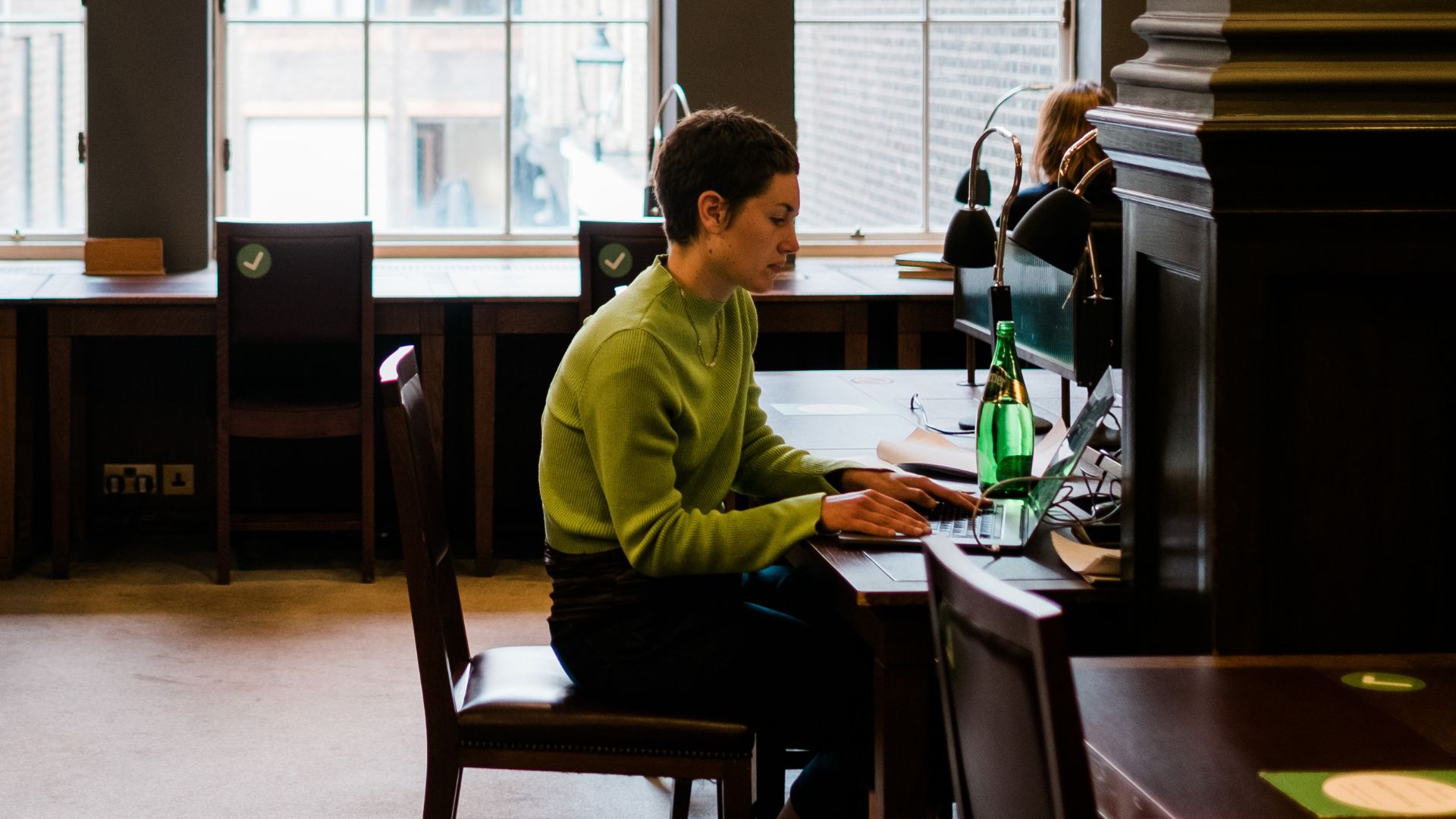

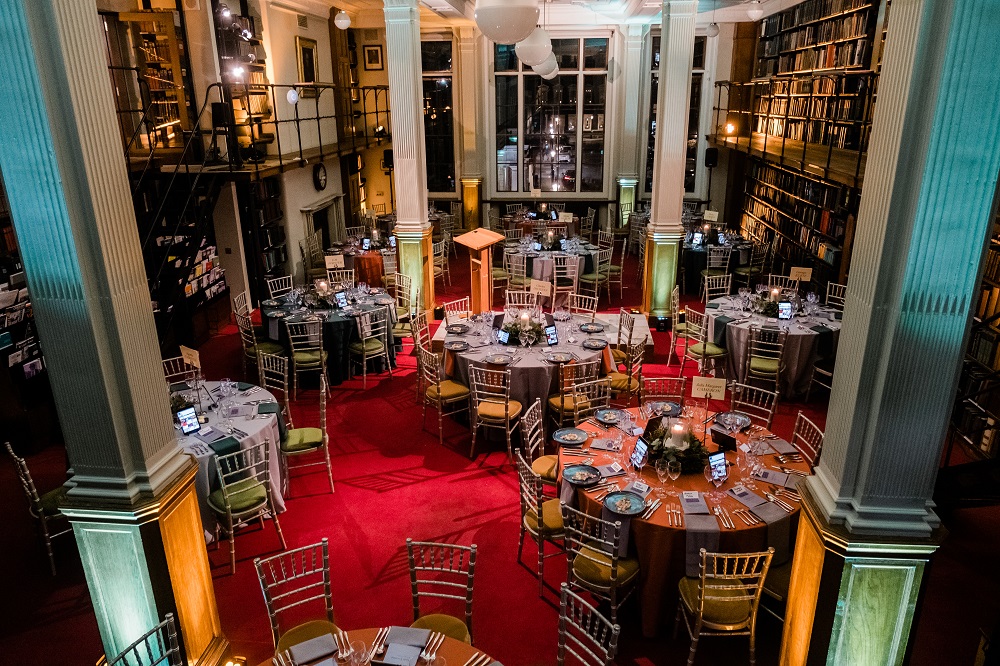








![Per le felici Nozze del nobile Signore Francesco Cortelazis colla Signora Contessa Marina Arnaldi Padova, 1857 [London Library Nozze 114].](http://blog.londonlibrary.co.uk/wp-content/uploads/2015/02/SAM_5653-300x225.jpg)
![I riti nuziali de' Greci per le faustissime Nozze dell' illustrissimo Sionor Marchese Vincenzio Riccardi con l'illustrissima Signora Ortenzia dei Vernaccia. [by Francesco Fontani followed by poems by various authors.] Firenze 1789 [London Library Nozze 104]](http://blog.londonlibrary.co.uk/wp-content/uploads/2015/02/DSC05329-199x300.jpg)
![Nelle faustissime Nozze de' nobili signori Alessandro Ottolini Conti e Luisa Santini patrizj lucchesi Rime. Lucca 1784. [London Library Nozze 72]](http://blog.londonlibrary.co.uk/wp-content/uploads/2015/02/DSC05332-199x300.jpg)
![Poesie per le felicissime Nozze del nobile Signor Conte Marcantonio Trissino di Vicenza con la nobile Signora Contessa Cecilia Emilii di Verona In Vicenza 1764 [London Library Nozze 60].](http://blog.londonlibrary.co.uk/wp-content/uploads/2015/02/DSC05360-199x300.jpg)
























































































